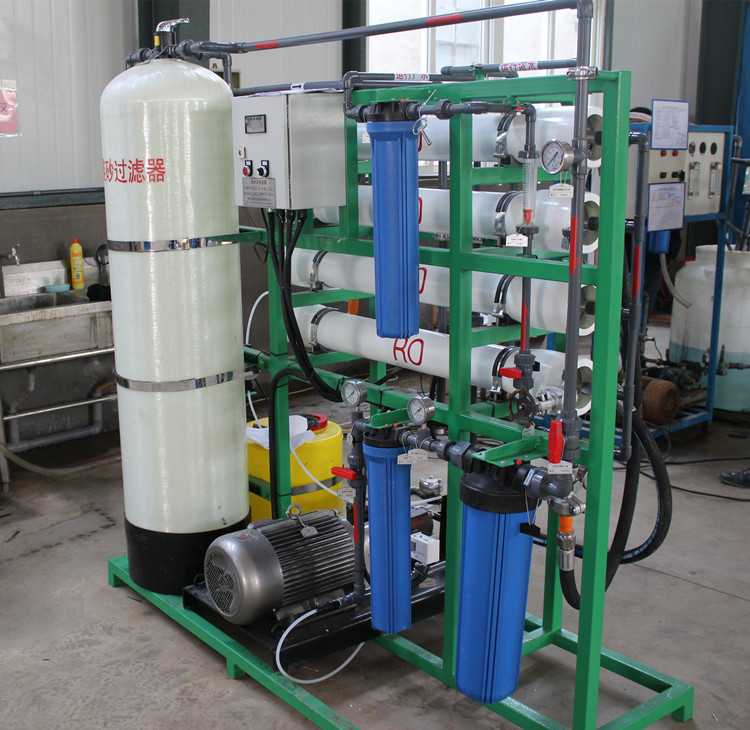Desalination is the process of removing salt and other minerals from seawater to make it suitable for human consumption or industrial use. Seawater desalination is becoming an increasingly important source of freshwater in areas where traditional freshwater resources are scarce or polluted.
YANTAI JIETONG specialized in design, manufacture of various capacity of seawater desalination machines for more than 20years. Professional technical engineers can make design as per customer specific requirement and site actual condition.
Ultrapure water is generally defined as highly purified water that is low in impurities such as minerals, dissolved solids, and organic compounds. While desalination can produce water suitable for human consumption or industrial use, it may not be up to ultrapure standards. Depending on the desalination method used, even after multiple stages of filtration and treatment, the water may still contain trace amounts of impurities. To produce ultrapure water, additional processing steps such as deionization or distillation may be required.
Mobile desalination reverse osmosis (RO) systems are a valuable solution for providing fresh water in temporary or emergency situations. To set up a mobile desalination reverse osmosis system, you will need the following components: 1. Seawater intake system: Design a system for collecting seawater safely and efficiently.
2. Pretreatment system: Includes filters, screens and possible chemical treatments to remove sediment, debris and biological contaminants from seawater.
3. Reverse Osmosis Membranes: They are the heart of the system and are responsible for removing salt and impurities from seawater.
4. High-pressure pump: Needed to push seawater through the RO membrane. Energy: Depending on the location, a power source such as a generator or solar panels may be required to run the system.
5. Post-treatment system: This may include additional filtration, disinfection and mineralization to ensure the water is safe and palatable.
6. Storage and Distribution: Tanks and distribution systems are used to store and deliver desalinated water to where it is needed.
7. Mobility: Make sure the system is designed to be transported, whether on a trailer or in a container, so that it can be easily deployed and relocated as needed. When designing and setting up a portable desalination reverse osmosis system, it is important to consider factors such as water needs, environmental conditions and regulatory requirements. Additionally, regular maintenance and monitoring are essential to ensure the system is operating efficiently.
Post time: Dec-12-2023


